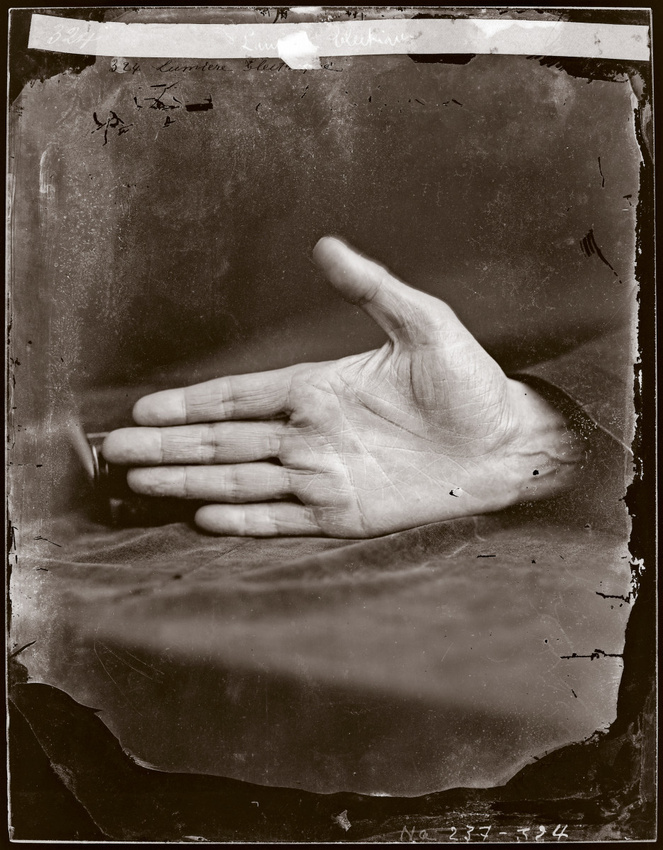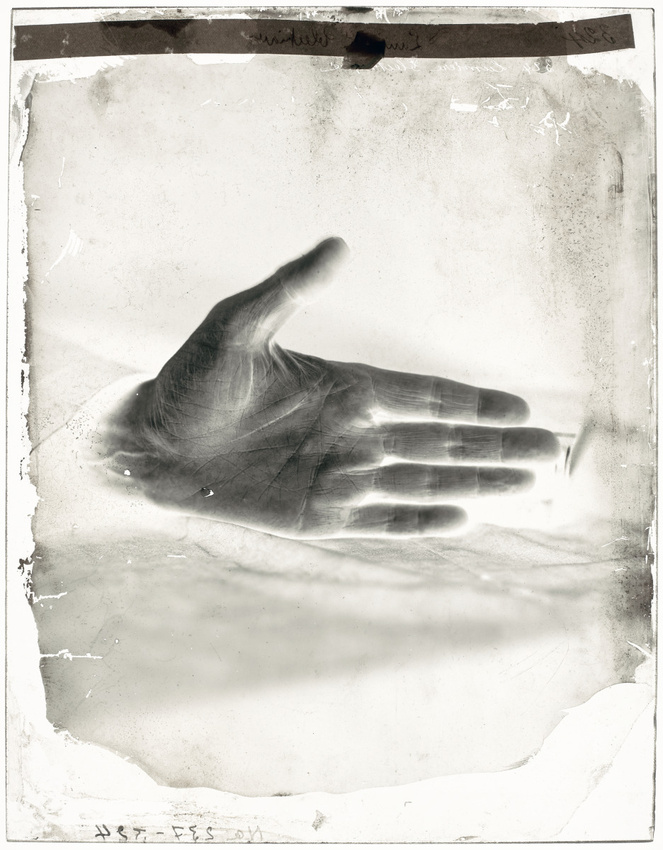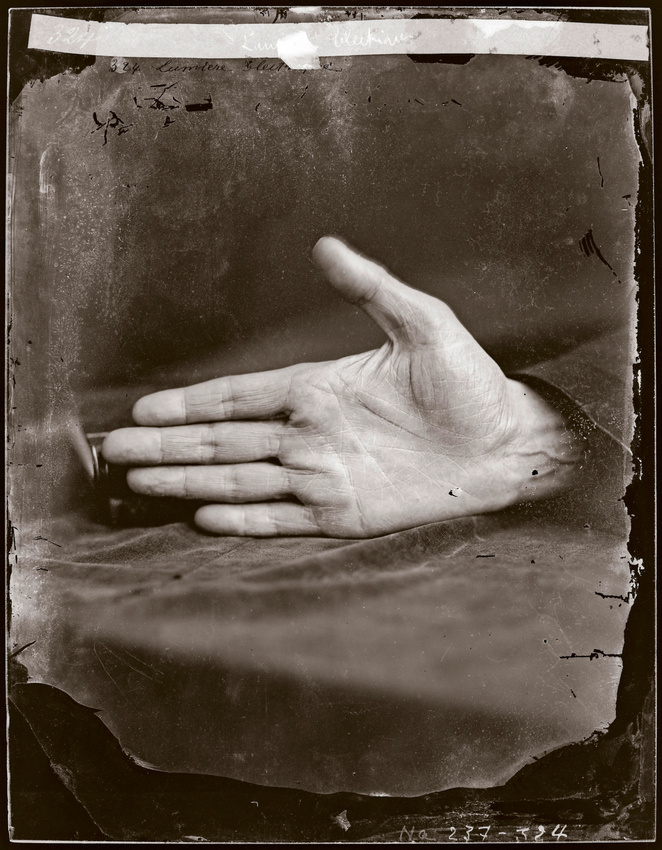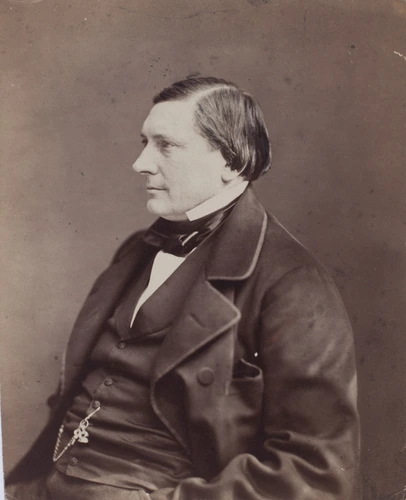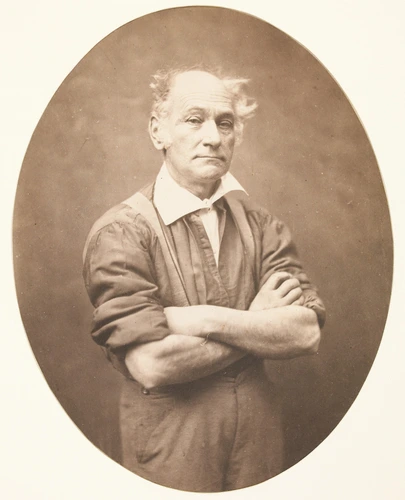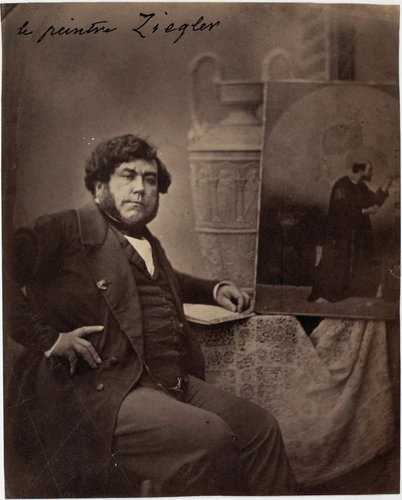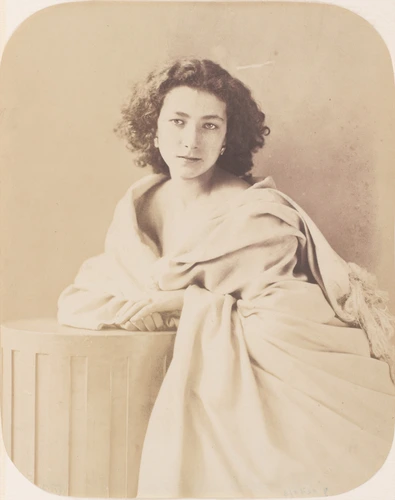La Main du banquier D. (étude chirographique) tirée en une heure à la lumière électrique
The title of this photograph, he Hand of the Banker D. (chirographic study) printed in one hour with electric lighting was taken from the catalogue of the fourth exhibition of the Société française de photographie, which was held in Paris in spring and summer 1861.
It is an unusual image for several reasons. Firstly, it testifies to Nadar's attempts after 1858 to make prints with electric lighting. It also shows that he was interested—even if only briefly—in palmistry. Lastly, it is one of the most original studies of a hand in photography.
Indeed, the open hand with its scarred palm arouses a queasy curiosity in the spectator which more aesthetic studies of hands do not. And by telling us that it is a banker's hand, the title gives us information that we are at a loss to interpret. This detail is worthy of the typologies established by August Sander, a German photographer who, in the early 1910s, began to compile a gallery of portraits representing all social and occupational groups in Weimar Germany.
Studies of part of the body, more generally, had already been treated, first by artists and then by photographers, but Nadar tackled the subject in his own particular way. There is only one picture of this kind of his work, once again demonstrating his astounding ability to renew a genre while merely skimming over it.
